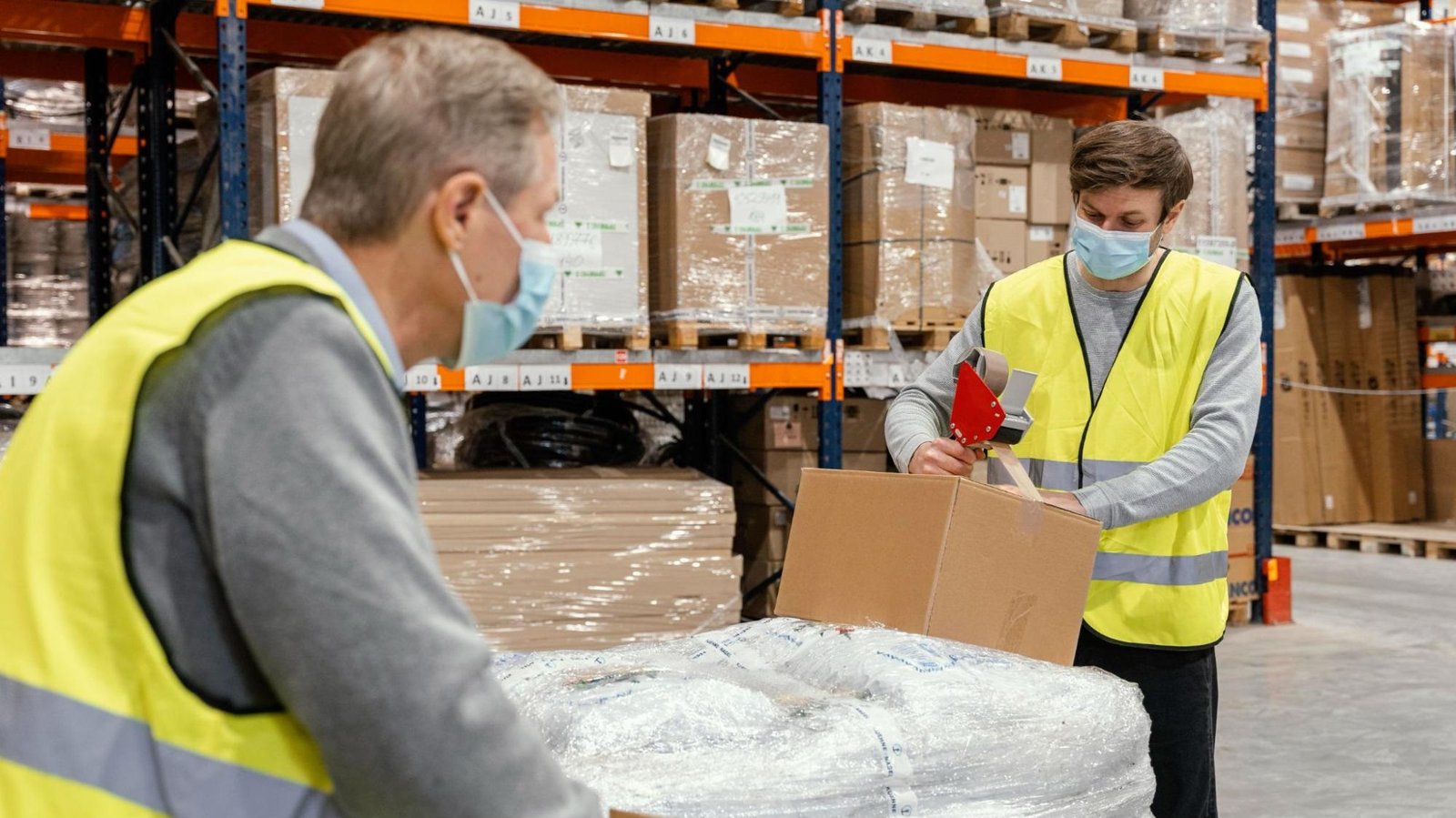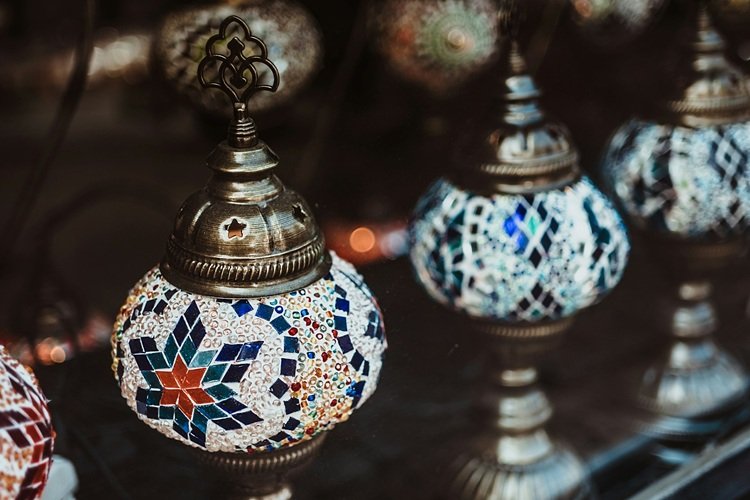
What Are the 9 Product Sourcing Tips That Experts Won't Share?
Author:White Fox Corporation
Published on:Jun 30 2025
If you've ever dreamed of building your own brand or selling a great product online, you've probably come across the term product sourcing. But what does that even mean?
Let’s break it down, product sourcing is just the process of finding the right products to sell and choosing the right people to make or supply them.
But here’s the thing: most blogs or YouTube videos will tell you the same old stuff. They give you general tips that feel copy-pasted from somewhere else.
This blog is different.
Let’s talk about 9 real tips that most experts won’t tell you, tips that come from actual experience.
Who Can Source Products?
Let’s start with the basics.
Can just anyone start sourcing products?
Yes. Whether you’re a college student selling keychains on Instagram, or a founder looking to scale your D2C brand anyone can source products.
Bain’s 2025 Consumer Products Report shows that emerging markets grew by 11% in 2024. This growth highlights the strong demand for products in countries like India.
But here’s what makes a good product sourcer:
-
Curiosity to explore new markets
-
Willingness to build relationships
-
Patience with suppliers and delivery timelines
-
A clear idea of what kind of products you want
Even if you’re not a business expert, you can team up with a global sourcing company to help you handle the hard parts.
Where Can Products Be Sourced From?
Now, you might be thinking…
“Do I have to go to China to find products?”
Nope. You can source products from anywhere. But product sourcing in India is becoming very popular for many good reasons:
-
India offers handmade, eco-friendly, and customizable products
-
Labor costs are lower than in Western countries
-
Many suppliers are open to smaller minimum orders
You can also consider:
-
China (for electronics, gadgets, toys)
-
Vietnam or Bangladesh (for garments)
-
Mexico (for nearshore production)
-
Or even print media sourcing from countries with advanced printing technology
Where you source from depends on what you want to sell and your budget.
How to Find a Product Supplier?

Okay, so you’ve picked what you want to sell — maybe organic skincare, pet toys, or printed journals.
IKEA plans to increase its sourcing from India from 30% to 50% by 2025. This shows that they trust local suppliers.
But how do you find the person or company who can actually make that product?
Here’s what you can do:
-
Use supplier directories: Alibaba, IndiaMART, Global Sources
-
Attend trade fairs: Online or physical expos, especially for bulk product sourcing
-
Work with a global sourcing company: They have networks and can vet suppliers for you
-
Google creatively: Try searches like “eco-friendly bags supplier in India” or “custom notebook print supplier”
And remember: don’t just go with the first one you see.
Curious About Product Sourcing? Here Are 9 Tips No One Talks About
Okay, now comes the exciting part. These tips are like secret weapons.
Most blogs won’t tell you this stuff but we’re friends here. Let’s go tip by tip.
1. Start with Real Customer Questions, Not Just Market Trends

Before you even think of a product, ask this: “What are people struggling with that my product can solve?”
Start with listening. Read Amazon reviews, Quora threads, Reddit discussions, or even YouTube comments.
Why this works:
-
You learn the “why” behind the purchase.
-
You build a product that solves a real problem.
-
It’s a smarter version of "market research."
2. Look at Trends, But Zoom In
You’ve heard “follow trends.” But don’t just copy what’s trending on Instagram.
What to do instead:
-
Use Google Trends to explore how interest in a product grows over time.
-
Check Amazon Movers & Shakers to see what’s suddenly popular.
-
Use local trend data if you're doing product sourcing in India. What’s popular in Delhi may not be in Pune.
3. Don’t Just Ask, "Can You Do It?" Ask, "How Many Times Have You Done It?"
When talking to suppliers or manufacturers, go beyond the basic questions.
Instead, ask things like:
-
How many clients have you made this product for?
-
Can you show past work?
-
What's the average production time?
This helps you check the supplier’s capacity, reliability, and real experience. Not just empty promises.
4. Don’t Rely on Just One Channel
Don’t just go on Alibaba and stop there. That’s like ordering from one restaurant forever.
Here’s what you can explore:
-
IndiaMART – great for product sourcing in India
-
Trade shows – for physical samples
-
B2B sourcing agents – especially when working with a global sourcing company
-
LinkedIn and Facebook groups – underrated!
Cross-check the info. One supplier might be reselling from another factory.
5. Your Competition Is Your Teacher

Most people look at competitors with fear. Flip that!
Ask yourself, “What are they doing right? What are they missing?”
Go to their product reviews:
-
What do customers hate?
-
What do they love?
-
What would you do better?
You get:
-
Ideas to improve your version
-
Clear insight into customer pain points
-
Product tweaks that sell
6. Try Before You Bulk Buy
Don’t put all your eggs in one giant order. Test smaller.
Try:
-
Dropshipping to test the market
-
Ordering low minimum quantity (MOQ) from Indian suppliers
-
Offering “pre-orders” to see demand before bulk
This method saves you from:
-
Unwanted inventory
-
Wasted shipping costs
-
Disappointed customers
Especially useful when you're in print media sourcing test your prints before you go big!
7. Buy in Bulk Only When You're Ready to Scale
Once you've tested and have consistent demand, it's time to think big.
Bulk product sourcing means:
-
Lower prices per item
-
Better margins
-
But also higher risk if products don’t sell
When to do it:
-
You have repeat buyers
-
You’ve validated your product idea
-
You have space to store inventory
Tip: Negotiate better terms with Indian manufacturers or sourcing firms.
8. Check, Tweak, Repeat
Let’s say you launched a product. It’s doing okay. Now what?
Re-source or tweak your sourcing strategy:
-
Maybe you can find a cheaper supplier
-
Or a supplier who uses eco-friendly materials
-
Or someone closer to your customer base
Even after success, keep looking at better sourcing options. Markets change. So should your supply chain.
9. Always Have a Backup Supplier

What if your supplier vanishes overnight? It happens.
Have a Plan B. Always.
A 2025 Reuters report shows that global aerospace companies like Airbus and Pratt & Whitney are getting parts from India to reduce supply risks caused by geopolitical issues.
Here’s how:
-
Maintain a spreadsheet of alternative suppliers
-
Test your Plan B with a small order once
-
Keep them in the loop even if you’re not ordering regularly
This is especially important for businesses depending on seasonal trends or fast delivery.
Conclusion
Whether you're working with a global sourcing company or doing it yourself, remember product sourcing is part science, part storytelling.
You’re not just buying goods.
You’re finding partners.
You’re solving problems.
And sometimes, you’re even building dreams from scratch. So take your time, ask questions, compare your options, and always be ready to change.
Need Help with Sourcing?
Whether it’s product sourcing in India, bulk product sourcing, print media sourcing, or managing multiple vendors across borders, Whitefox Corporation is your partner in global trade.
We help you:
-
Find trusted suppliers
-
Manage quality control
-
Get better deals
-
Source at scale without the stress
Let’s make sourcing simple for you. [Contact us today]


